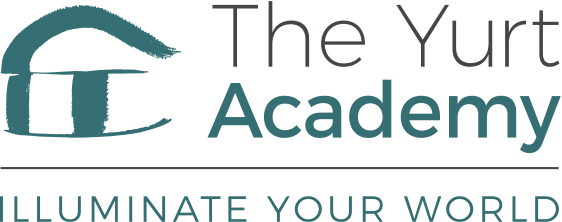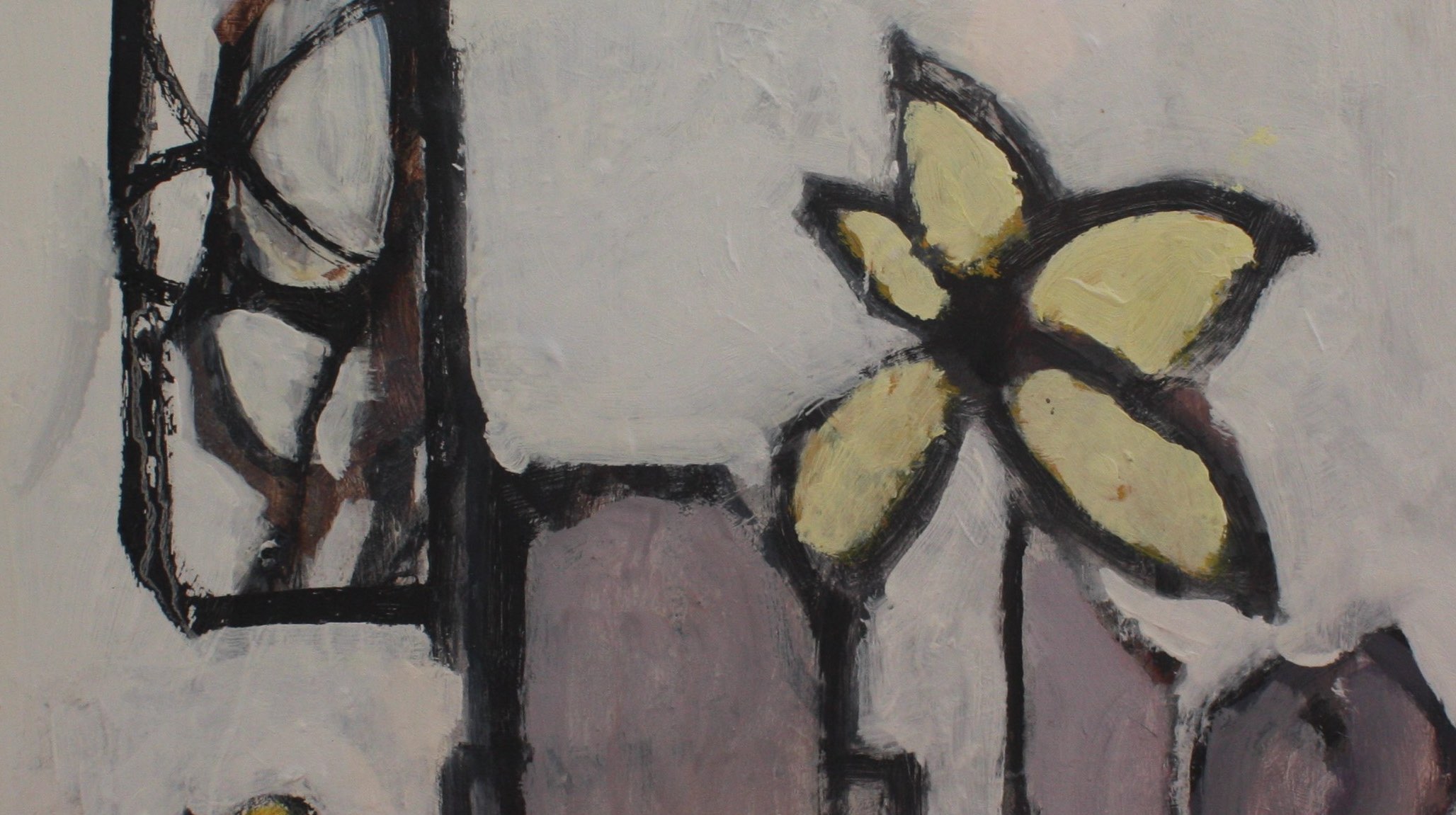Interview with Artist Andrew Pearson on inspiration, abstraction and purpose
You paint landscapes, nudes and still life. Is there a form that you particularly enjoy working with?
I am interested in shapes and how they interact on a surface. This makes still life a natural subject for me. I don’t attempt realistic representation, preferring to use shapes, either real or out of my head, as starting points, and changing them as the work progresses. When I start I have little idea what the finished work will look like. I find this fascinating. I take a similar approach to landscape, and in figure work I aim for maximum reduction of information – you don’t have to draw every wrinkle.
Do you have any main influences in your art?
All of us are influenced, consciously or unconsciously, by what we have seen. I look at a lot of art but I don’t imitate other artists – you can only do what is in your own head. I think I am most drawn to the art of the last eighty or a hundred years. This is not to say that I don’t revere Rembrandt and Velazquez – who doesn’t?
How do you work?
Picasso said that one should have an idea, but it should be a vague idea. I can relate to this, because having started with random marks or scribbles I generally find that the painting paints itself in the sense that images seem to emerge as I go along. I probably spend 80% of the time ten feet away just staring until something inside my head tells me something, perhaps about balance or maybe colour. Sorry if this seems a bit vague. Shall we say I don’t plan much, I go with the flow. I think instinct is real, not mysterious.
Some of your work is quite abstract. Can you comment on this?
I think the invention of the camera liberated us from realistic painting. All art is abstract in the sense that the image is abstracted, that is extracted or simplified, from its subject, while still remaining readable as a representation of the “real world” if this is what the artist wants. I want my work to give the viewer at least a hint of something real. But the hint should be ambiguous. The viewer must be allowed scope for interpretation.
I have witnessed a continuous change in your paintings over the last 20 years. Can you describe how that change happens?
I think maybe I have got bolder, not because my technique is any better but rather because I care less about finish. The brain is a marvellous interpreter of the information taken in by the eye, and detail can get in the way of this process. Big brushes help.
Do you have a piece of your art that you would not sell?
No. I have made pieces that I think especially good, but I’d rather they were out being enjoyed by someone than propping up the wall here at home.
Andrew Pearson
In an earlier life Andrew was a naval officer specialising in navigation, operations and nuclear submarines. After this he worked in the Palace of Westminster managing seminars in parliamentary matters for MPs from around the world.
He is a visual artist working in paint, collage and drawing, often all at once. He is passionate about experimenting, believing that art should be always new, and preferably, like poetry, ambiguous. His work adorns people’s walls in the UK and abroad.
A peripatetic polymath, Andrew lives with his wife Joyce in a big brick house full of books, from which they migrate regularly to France where he looks at the colours and sings bass in a top international choir.
Andrew will be running a masterclass at The Yurt Academy on May 30th 6-9pm. Fresh Thoughts on Painting

